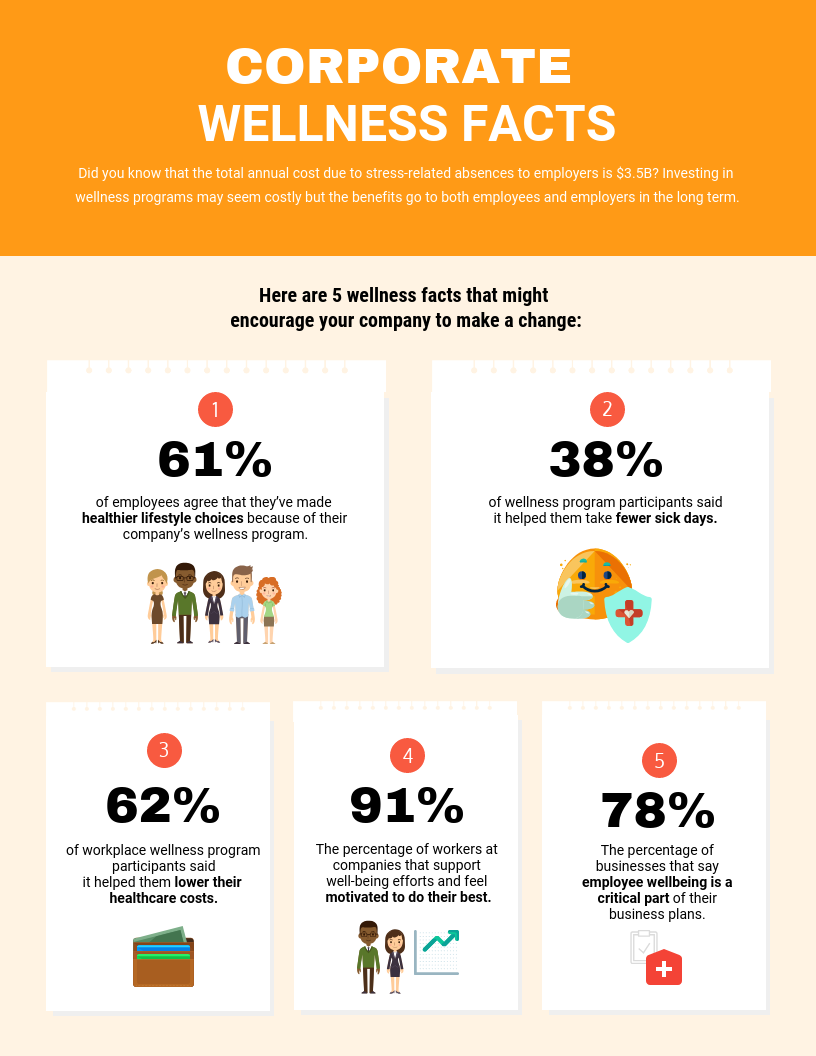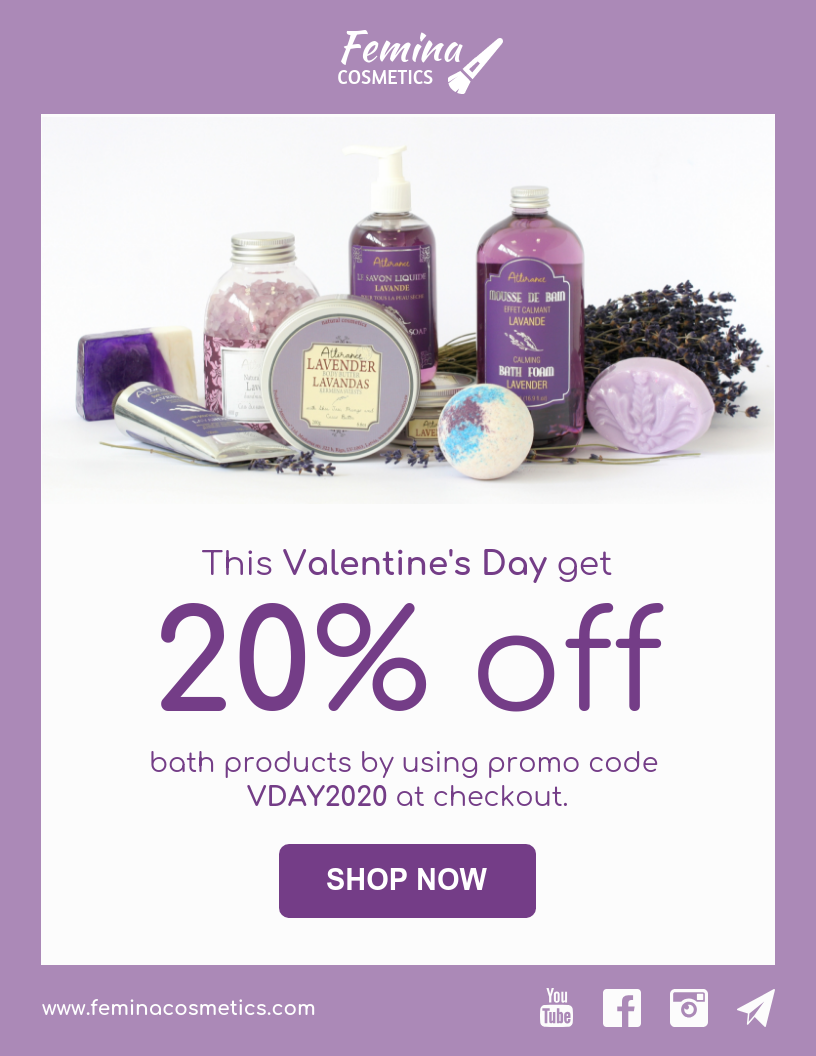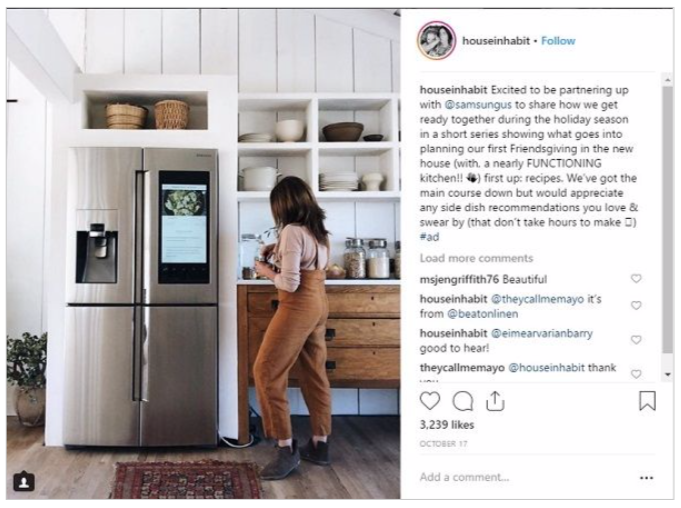Visual marketing has proven to be a powerful way to engage with audiences—and considering the importance of customer connections, brands need to know how to use imagery.
For communication to be effective, marketers have to offer more than just solid blocks of text, which are harder to consume while scrolling on a small screen.
That is why visuals such as banners, infographics, illustrations, GIFs, memes, and videos have become commonplace in marketing materials.
While visuals have often been treated as mere accompaniments for text, to be impactful in your marketing, imagery should be planned out and used with purpose.
We explain why visual marketing is improving how brands connect with their customers while making the sales pipeline more effective.
Steady Information Exchange

Brands know that one way to lose customers is to leave them in the dark with regards to information—especially in the current uncertain environment.
Consumers need to know that the information they want can be easily accessed—and that doesn’t only mean where the information is available but also how it is delivered.
While businesses can create elaborate FAQ pages or blog posts that explain product uses and details, one can’t assume that customers will have the time to go through them.
If a business expects its client base to search through their site for information, they may be setting themselves up for failure.
People do not have the time—nor the patience—to look deeper into a site or read long blog posts.
That is why brands need to create more visuals that present bite-sized information making it easier to absorb and remember.
And by designing visuals, marketers are better placed to condense the most important aspects of their messaging—one may find that a long post isn’t necessary.
For example, a timeline infographic can better explain the process of using a product or service rather than a blog.
Infographics, charts, and graphs can also repurpose existing information from podcasts, blogs, and videos—thus increasing the brand’s audience.
Social Media Visualizations
Social media is where the online world spends a majority of its time—both customers and companies.
It’s been shown to be a great tool for customer communication and engagement, but because of recent privacy issues, customers have adapted the way they use these platforms.
Hard selling on social media is no longer the best way to reach audiences—instead, brands should focus on building relationships with their customers.
Social media should be used for having conversations, to share brand and customer stories, and to create a brand family that includes business executives, employees, and consumers.
With that in mind, social media is the ideal platform to share GIFs, memes, and content like charts, posters, flyers, and illustrations.
Keep in mind that social media channels are largely used on mobile devices—and this changes how consumers interact with the platforms.
Users will be scrolling through rapidly, which is why visuals are so important—they hold the consumer’s attention long enough for the text to make an impact on them.
And these visuals should accompany a variety of posts—product launch posters, survey results visualized in charts, industry news shared with illustrations or infographics.
Using GIFs and memes displays a humorous side of the brand but also shows that they are on-trend.
When using visuals, it is important to remember that channels have their image specifications—check the sizes before developing visuals.
Marketers should use social media posting tools to schedule social posts with visuals—this will free up their time to engage with audiences on the platforms.
Email Marketing Visuals

Despite the number of marketing channels available online, email marketing continues to have the best ROI.
Having a newsletter is a great way to stay in touch with your client base—emails can vary in length, include only text, or be largely visual-based.
Brands should add website popups that encourage customers to sign up for their newsletter—attractive popups incentivize consumers to fill out the forms.
And that is only half the battle—the newsletters themselves need to be attractive enough to ensure that customers don’t unsubscribe or delete the email without reading.
All newsletters should include branding—logos, brand colors, and brand fonts. Visuals should have some uniformity to them so they are recognizable as the brand.
When marketers include pictures of products, they should be shown in use—this adds a human element that makes the content relatable.
Services are difficult to visualize but showing a happy customer goes a long way in proving how valuable the brand is in bettering people’s lives.
These aren’t the only visuals to incorporate into a newsletter—use videos, headers for posts, and calls to action that are noticeable to make the email campaigns more impactful.
Video Marketing
Videos have become a great tool for rising above the crowded online sphere. Not only are they engaging, but videos have the power to hold users’ attention for longer.
Brands can create explainer videos detailing how their company works, how to use their products, the steps required in their services, and much more.
Videos featuring people—such as employees, real customers, or executives—give the brand more human appeal.
And it’s not necessary that marketers have to create high-definition videos in-house—which may be too expensive for some companies.
Social media platforms like Instagram, Snapchat, and TikTok all have live video options that do not require equipment or high production values.
Seeing other people on video will make the brand seem more approachable to consumers, which is what makes it such a good marketing tool.
Highlight Your Customers

We have mentioned the importance of adding a human angle to your marketing—and the best way to do that is to center customers in your marketing.
People love to see real customers advocate for their relationship with a brand—it makes the company look more appealing and trustworthy.
Highlighting testimonials on your website, social media posts, and in your newsletters is a good way to showcase the value of your brand among your customers.
And try to include images of the real customers along with the testimonials to make them more believable.
User-generated content is another way to show potential customers how your existing client base interacts with your brand.
Additionally, UGC ensures that marketers don’t need to create more content—users create their content and brands share the pieces that are most relevant and powerful.
Conclusion
Making connections with customers is a core element of brand building. Understanding how visual marketing improves communication makes it easier to gain more clients.
We have outlined ways that visual marketing boosts communication between brands and their followers—armed with this knowledge, marketers will be able to engage better with users.



